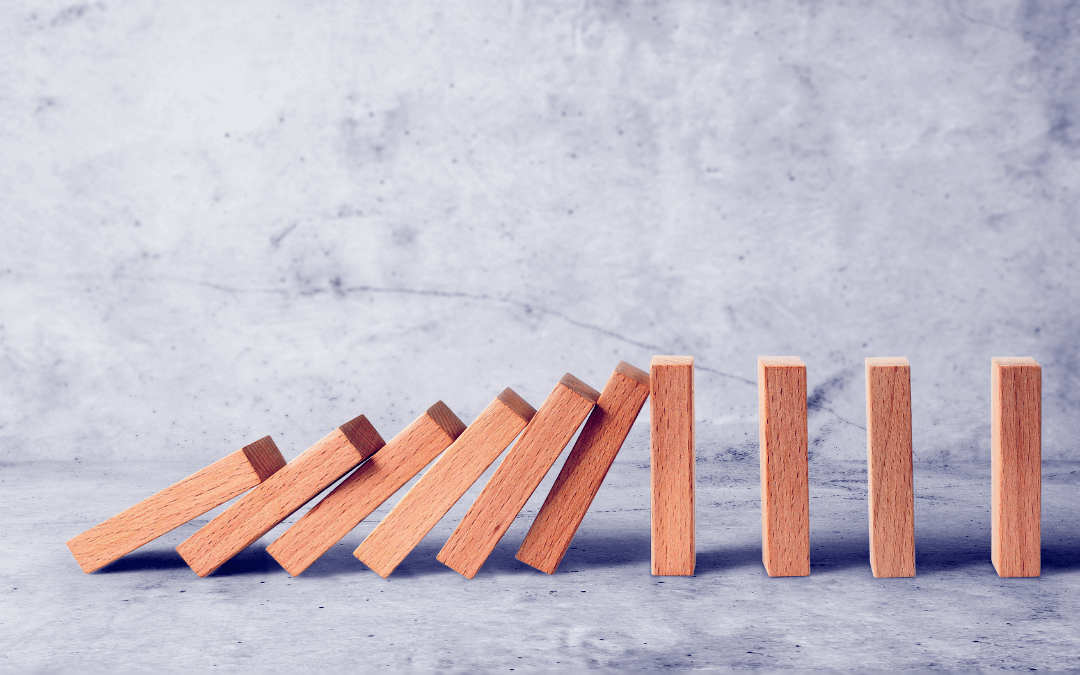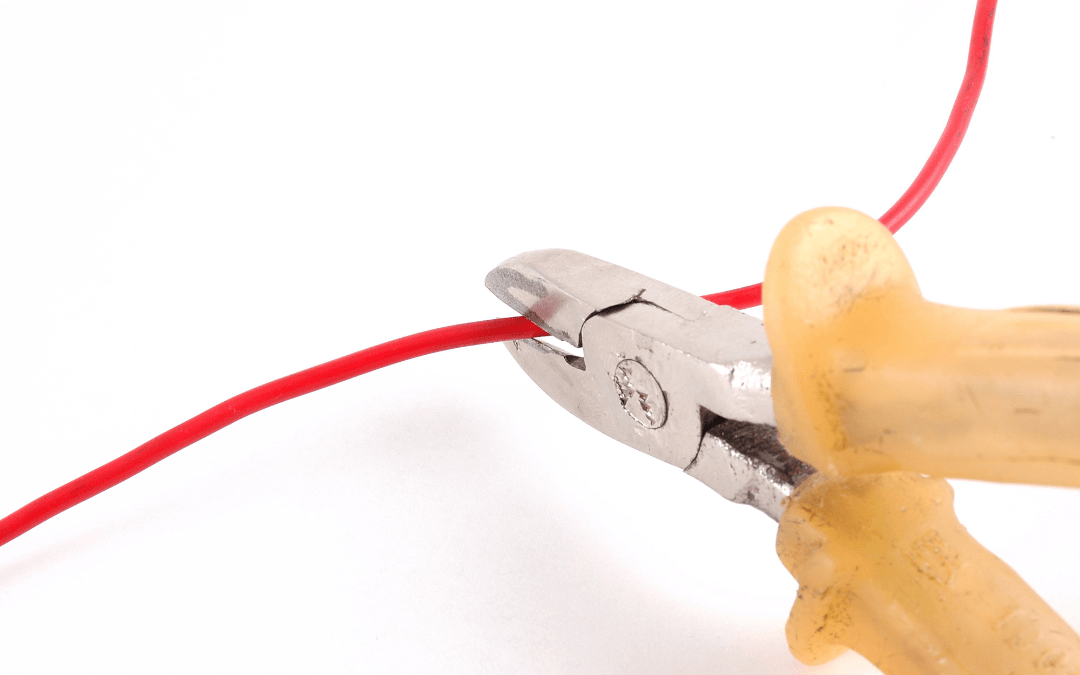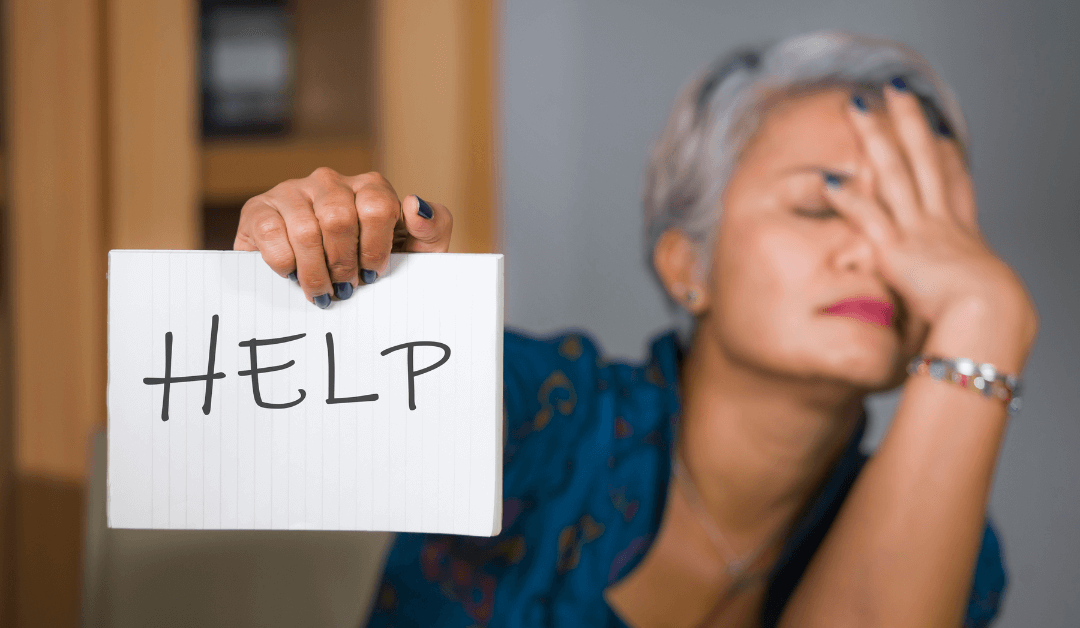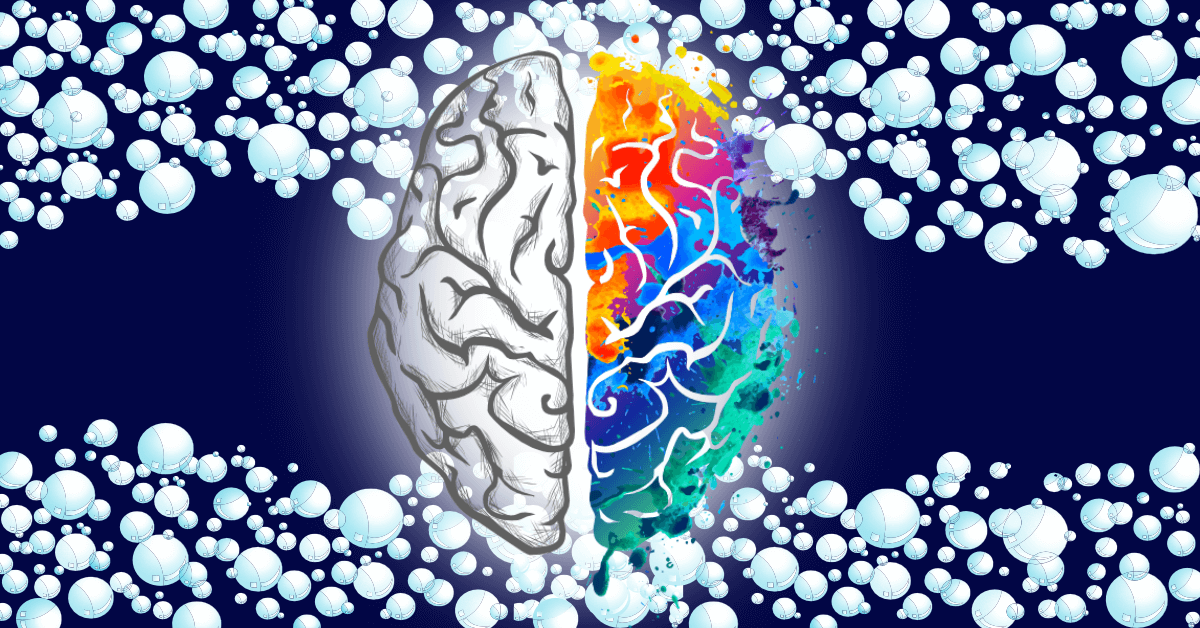So much to do today! First, I’ll put on the laundry. I also need to write my next post while it’s on. Then to the market. (Dangerously low on veggies!) What do I want to cook tonight? Can’t have pizza every night. But that’s dinner and I’m getting ahead of myself.
Where was I? Market. After the market, I need to work on my website. Although, the blog post needs images. Should I create those first? It’s more efficient to do them now but then I’ll be late for the market. Wait. I need to hang the laundry up. That’ll take some time too.
Also, I’m supposed to write my first social media post today. And what about the webinar I was considering doing? Videos are apparently a fantastic way to generate new leads. That guy on YouTube swears by them. But then not everyone uses videos. I don’t even know how to make videos. What if this fails and I waste time learning how to make videos? Or is it an evergreen skill? Should I learn it for my CV?
Wait, what time is it? Oh, no! The market!
Sounds familiar? This is the kind of situation people often describe when they say they are overwhelmed. Too much to do. Too many actions to take. But how do you get into this state in the first place? What is overwhelm emotionally speaking?

A chain reaction
Overwhelm is a chain reaction: Lack of clarity causes confusion. Confusion causes uncertainty. Uncertainty triggers resistance, which in turn sets off fear and worry.
Let’s start at the end of the sequence, for a change. In About Anxiety I explain in detail what happens to your body during the fear reaction. For now, let’s focus on the results fear has. It narrows your focus and turns off your creative thinking abilities. And just like that your problem solving skills go out the window.
Energy is released in every cell to prepare you for flight or fight. If you don’t do anything to use up the energy, like go for a brisk walk, it goes to your head. Your thoughts are suddenly on steroids but because your creative thinking is severely impaired you think the same thoughts over and over again. Resistance thoughts.
What are resistance thoughts?
In the example above “I don’t even know how to make videos” or “What if this fails and I waste time learning how to make videos?” are resistance thoughts.
Any thought that keeps you from taking immediate action is a resistance thought. Worries and limiting beliefs are resistance thoughts. And fear is resistance’s favourite emotion because nothing stops you more effectively from taking action than fear.
But why do we even have this system? Why do we have resistance?

Resistance keeps you safe
You may have heard that resistance is there to keep you safely in your comfort zone, and it absolutely does. That’s not why you have it though. The mechanism developed to keep you safe on a far more existential level. Resistance is supposed to keep you safe as in alive.
We all have this immensely powerful emotion in us: Curiosity. “What’s that?” “I wonder what this button is for?” “Hmmm… if I cut the red wire, then…”
Boom.
Ok, most of us don’t handle explosives on a daily basis but you get the point. Curiosity is powerful and together with creativity behind every miraculous invention humans have ever deliberately created. It’s awesome. And potentially dangerous. So curiosity has a counterpart to keep it in balance. Resistance makes us reach for the manual before we cut that wire.

Healthy resistance
Under normal circumstances, resistance just causes us to pause for a second to make sure we’ve thought of all the options. That’s why it triggers worry, our brain-storm-system. When we worry, we come up with as many solutions as possible for a problem so we can pick the perfect one for us.
How does resistance make us pause? Through a hit of fear. If you are at a completely low and mellow base-line of fear, then the quick shot of fear resistance triggers, makes your heart beat a bit faster and energy is released in your cells. You worry for a few minutes, pick the best option and that’s that.
But most of us are nowhere near that base-line because we get shots of fear on a daily and even hourly basis and we don’t practise emotional hygiene to release it. Because the chain reactions caused by emotions accumulate in our bodies over time, every tiny hit of fear adds to the ever-growing pile.
You may know this is just you planning your day, but your body is in full-blown battle-station mode. Your vision is narrowed and your focus has sharpened. Unfortunately so much that your creative thinking has been turned off. Making a decision is suddenly very hard. Thinking outside of the box is impossible.
Result: You don’t even remember that you bought a course on how to create YouTube videos last year and have the answers at your finger tips. You don’t even consider that you can hiring out the process, because fear has blocked your thinking.
This is what happens in your body and why it feels, well, overwhelming. Fear takes over your body and your mind, turning worry from a problem-solving system into a loop of the same unhelpful thoughts you’ve had before. You do not really have that much to do. You’re just so stuck in a worry loop that you can’t sift out the unnecessary tasks any more.
What can you do to relieve overwhelm?
Release fear. Go for a walk, exercise, tap the fear away, or do anything else similar you enjoy. And then repeat, repeat, repeat. Every single day. In short, practise emotional hygiene.
When you lower your base level of fear, you will still feel overwhelm but you won’t actually want to call it that any more. Your resistance will make you pause. Fear gives you a kick of energy, which puts your worry into gear so you can come up with a solution to the problem or question that started it all.
Alright, that’s the emotions side of overwhelm. But what about the first half of the chain reaction? How and why do we become overwhelmed in the first place?
Enter: feelings
Lets take another look at the chain reaction: Lack of clarity causes confusion. Confusion causes uncertainty. Uncertainty triggers resistance, which in turn sets off fear and worry.
Confusion and uncertainty are simple. You don’t know what to do next. But why wouldn’t you know what to do next? Shouldn’t it be easy? Step 1, step 2, step 3, – wait. Step 2 actually has five sub-steps and I still need to learn how to do step 1 so maybe I need a step 0?! And we’re back at the beginning.
Feelings are the conscious processing of events. They are shaped by your beliefs, which trigger thoughts, like “I better do my tasks in a more efficient manner.” There’s actually no reason why you should do tasks in an efficient manner, whatever that means. Except that at some point in your life you learned to think that way. That’s your feelings. When you feel overwhelm, your feelings got in the way.

Why are we all so confused?
Or are we? Stay with me here: I don’t think you are confused at all. I don’t think anyone of us is ever really confused. At any given moment you know exactly what you want to do and what you need to do next. That’s what you should be doing. Except…
You don’t. Why? Because of the voices out there shouting information, tips, hacks about everything at you. You are not confused. You are insecure.
We are all insecure
The brilliant brain trainer and bestselling author Dana Wilde taught me that confidence really means clarity. When you are clear about what you want to do, you feel confident. But because so many people share tips, tricks and what worked for them, your curiosity takes you down new paths which lead away from your clarity.
Don’t get me wrong. I am grateful to anyone who shares their experience. Information is important. New techniques are important. Learning is important so thank you for everyone who shares. (And no, I’m not just saying that because I’m one of them.) It’s fantastic that people are so generous.
In theory. Because in practise this system of sharing goes a bit wrong too. First, people do not share their experiences. I mean, they do but they don’t phrase it like that. Instead, marketing experts tell them to sell the information as the best and the one and only right way so they trigger fomo (fear of missing out) in customers. The most commonly used marketing methods are designed to trigger overwhelm.
In addition to fomo, the information overload triggers all kinds of feelings you have about yourself, too. You question what you should be doing. You might even start to question your ideas of right or wrong. What once was clear, what we once knew we needed to do because it was what we wanted to do for whatever reason is drowned out.
You were going to use a marketing method that comes naturally to you? Here’s a bunch of people telling you that you need to work hard to succeed. You wanted to write blog posts? Here’s a pile of video creators who foretell your failure. You wanted to create a content creation system, here are 75 already existing systems and why they are so much better than yours could ever be.
Glug glug glug goes your confidence.

What can you do about information overload?
Feelings are the conscious processing of events. Your insecurity is a feeling. You learned to feel insecure because we are wired to learn from each other, particularly from people who appear to be more advanced and further along the way. That’s how knowledge was handed down for ages. It’s a fantastic system. As long as you use it consciously.
What I am trying to say is unplug. When you are fine and don’t need help, just look away. Pick who you listen to and only listen to them. Limit your information intake. Unsubscribe from newsletters that don’t make you feel good. Swallow your fomo. No, you are not missing out on anything.
You are here to live your life. And you do that by making your decisions. You can’t even make mistakes. Nothing you do is a mistake. There’s just actions you take and outcomes they lead to. You learn something from every single outcome. Double down on the actions that create the outcomes that make you happy. Discard the rest. And repeat.
Try something new when you feel like it. Practise emotional self-awareness so you can use your emotions as a guide. If you feel curious about a new technique, try it. If it’s for you keep doing it. If not, move on to the next technique. One step at a time.
When self-doubt creeps in, centre yourself and practise trust. Take deep belly breaths, meditate or do grounding exercises, like Yoga or QiGong. Once you feel calm and centred again, simply ask: What do I want to do right now? Then trust the answer you come up with.
When your emotions and feelings go haywire, you feel overwhelmed. Quiet your body through emotional hygiene and your mind by limiting your information intake. Then practise trust in yourself because you are the expert for your life. You already know what is best for you: The actions and decisions that make you feel good. The rest is just noise.

